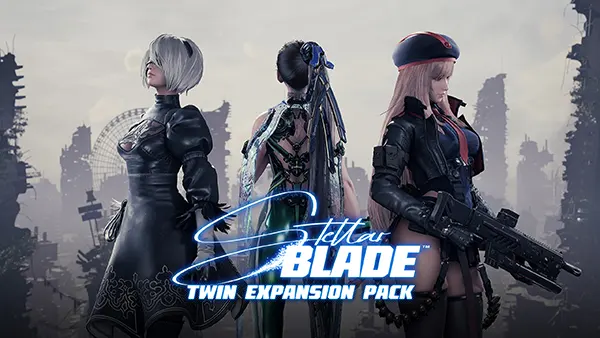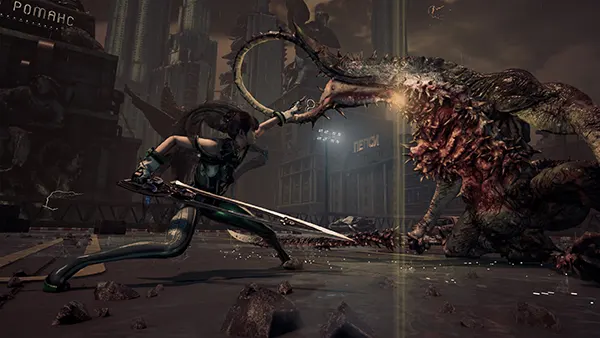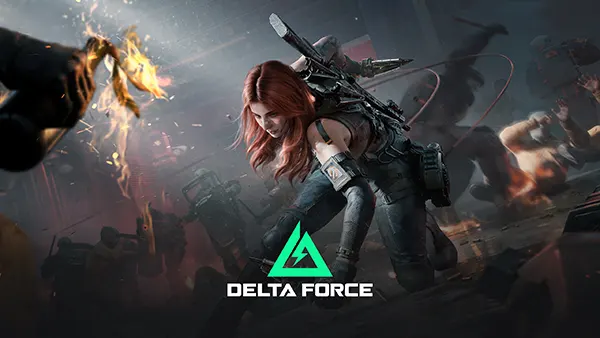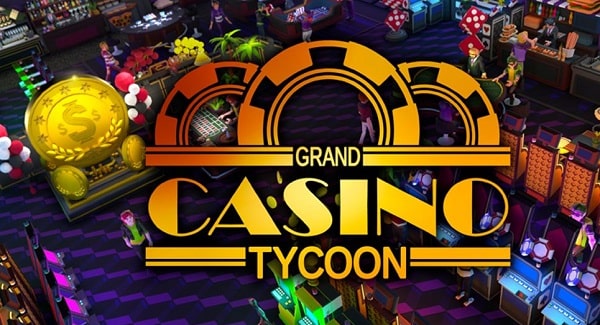
Stellar Blade – Gameplay Contrast of Style and Difficulty Compared to Nier: Automata
The action-adventure genre in modern gaming often presents players with high-concept worlds, strong visual identities, and mechanical depth. Two titles that stand out in this space are Stellar Blade and Nier: Automata. Although they share superficial similarities — futuristic aesthetics, female protagonists, and fluid combat — the contrast in their gameplay style and difficulty progression is substantial. In this article, we’ll examine these differences and consider how each game delivers a unique interactive experience.
Combat Mechanics and Difficulty Curve
Stellar Blade, developed by Shift Up, leans into a more grounded and technical approach to combat. The game employs a parry-based system where precision and reaction time are key. Each encounter requires attention to enemy patterns, stamina management, and perfect timing — reminiscent of Souls-like design influences. This focus on exact input and small error tolerance positions the game as significantly more punishing than mainstream action titles.
On the other hand, Nier: Automata, designed by PlatinumGames, opts for a looser and more accessible combat style. Fluidity, flashy animations, and combo freedom define the experience. While higher difficulties present a real challenge, the game allows players to experiment with mechanics without punishing them too heavily for mistakes. The inclusion of plug-in chips and auto-dodge options also widens the accessibility window.
This difference in philosophy results in a gameplay contrast: Stellar Blade tests the player’s discipline and reflexes, while Nier: Automata promotes creativity and adaptability in combat scenarios. Each approach appeals to different segments of the action-game audience.
Weapon Variety and Tactical Depth
Stellar Blade features a relatively small but impactful weapon selection. Each blade or ranged option alters the combat rhythm, and mastering each tool is crucial for handling late-game bosses. Customisation is subtle, with most enhancements focusing on timing boosts or counters, reinforcing the skill ceiling.
In contrast, Nier: Automata offers broader weapon diversity — from spears to gauntlets — each with different combo trees and animations. Weapon switching mid-combo adds another layer of strategic decision-making. Moreover, upgrades and chip systems allow players to deeply personalise their 2B or 9S builds, impacting both combat efficiency and survivability.
While Stellar Blade demands mastery of fewer tools, Nier: Automata encourages tactical variety. This further underlines the contrast in design intent: the former challenges players to sharpen specific skills, while the latter empowers them to find their own path to success.
World Design and Exploration Freedom
Both games are set in post-apocalyptic environments, yet they treat worldbuilding and exploration differently. Stellar Blade features semi-linear stages that restrict player movement within tightly designed zones. This design supports the game’s challenging encounters and ensures constant pressure on players.
Meanwhile, Nier: Automata provides an open-world experience with verticality and secrets baked into its structure. Players can revisit areas, discover alternate routes, and uncover side content that enhances narrative depth. The environment is both a narrative vessel and a gameplay playground.
Because of these differences, Stellar Blade feels more focused — like a curated experience — whereas Nier: Automata grants players the autonomy to explore at their own pace. The emotional tone of each title is supported by these choices: urgency in Stellar Blade versus philosophical reflection in Nier.
Environmental Storytelling and Visual Aesthetic
Stellar Blade showcases sleek, often minimalist architecture mixed with grotesque alien designs. Visual storytelling is tied closely to the immediate danger and the post-human themes it explores. Each level looks visually distinct but often remains bound to the game’s sci-fi realism.
Nier: Automata uses contrast intentionally — juxtaposing ruined cities with robot villages, desert landscapes with alien strongholds. These areas are packed with visual metaphors and provoke player curiosity. Even without direct exposition, the atmosphere itself communicates history and emotion.
Both titles use their environments as narrative tools, but Nier: Automata leans more into artistic ambiguity, allowing for symbolic interpretation, while Stellar Blade keeps players anchored in the moment-to-moment struggle for survival.

Character Development and Emotional Engagement
The protagonist of Stellar Blade, Eve, undergoes a personal transformation grounded in loyalty, survival, and redemption. While the narrative isn’t overly complex, it frames her journey with urgency and emotional grit. Player connection stems from shared adversity and trial-by-combat progression.
In Nier: Automata, emotional engagement stems from existential questions and moral dilemmas. The characters — 2B, 9S, and A2 — are androids grappling with identity, purpose, and the meaning of war. The story layers unfold gradually, offering surprises and introspective moments that resonate long after the game ends.
While Stellar Blade focuses more on a protagonist’s strength against overwhelming odds, Nier: Automata invites players to reflect on what it means to be alive. This fundamental narrative divergence significantly influences how players relate to the in-game world and its inhabitants.
Voice Acting and Musical Scoring
Stellar Blade offers solid voice work that enhances the tension and determination of its main character. The musical score is dynamic, with swelling orchestration during key boss fights that heighten the adrenaline. Yet, its soundtrack often takes a backseat to gameplay intensity.
Nier: Automata is known for its haunting and emotionally charged music, composed by Keiichi Okabe. The soundtrack is integral to the narrative and often shifts tone based on the player’s location or quest progression. Combined with nuanced voice acting, the result is a fully immersive emotional landscape.
In terms of auditory engagement, Nier: Automata creates a more memorable and emotionally layered experience, while Stellar Blade focuses on enhancing moment-to-moment immersion through audio cues and pacing.
-
 Delta Force (2025) on Android / iOS — A New Standard of Mobile Shoo...
Delta Force (2025) on Android / iOS — A New Standard of Mobile Shoo...In 2025, mobile shooters continue to dominate app stores, with …
-
 Call of Duty: Mobile – The Ultimate Mobile Gaming Experience
Call of Duty: Mobile – The Ultimate Mobile Gaming ExperienceCall of Duty: Mobile is a revolutionary entry in the …
-
 Casino Simulators: The Rise of Grand Casino Tycoon
Casino Simulators: The Rise of Grand Casino TycoonIn today’s digital age, gaming enthusiasts don’t just want to …
